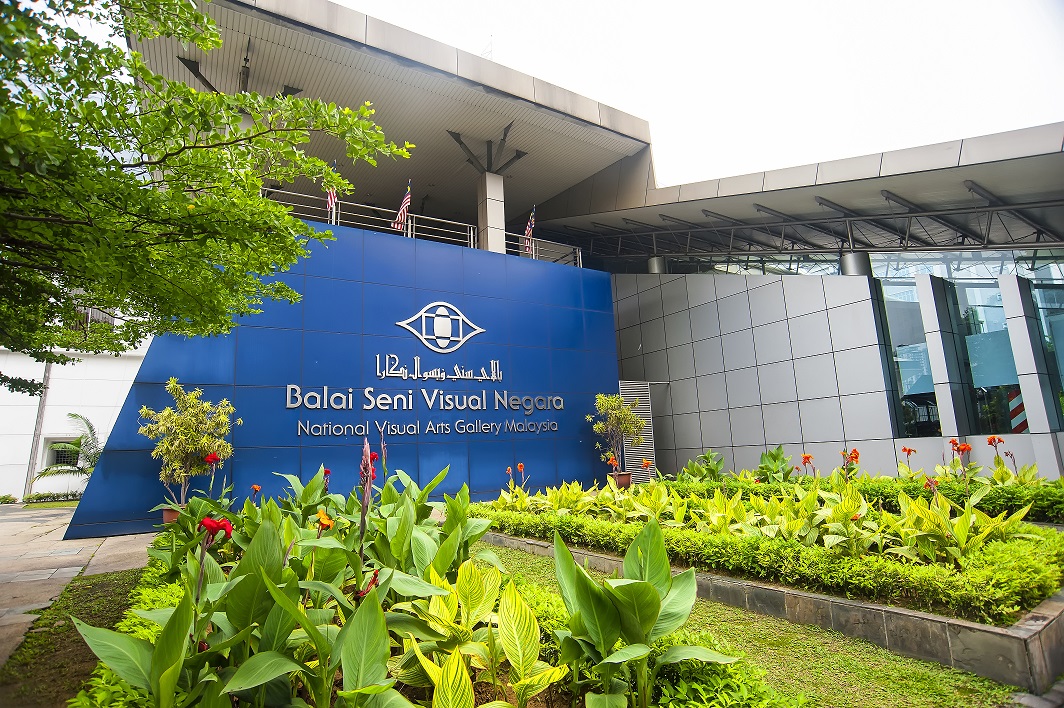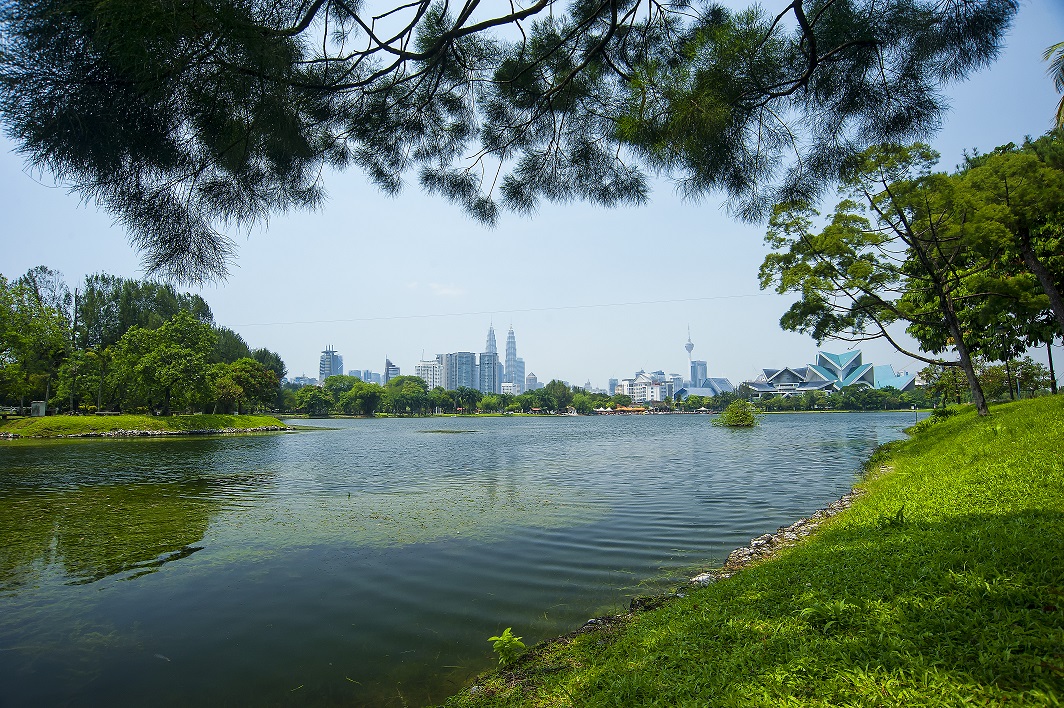Beginning Sept 1, 2018, Titiwangsa Lake Gardens will be fully closed to make way for the development of the River of Life project. The Kuala Lumpur City Hall (DBKL) said in a statement that the closure would also make way for other facility upgrading works to be carried out at the lake gardens for the ease and comfort of visitors in future.
DBKL had closed a part of Titiwangsa Lake Gardens to the public on May 14, 2018 for the same purpose, however, the full closure of the lake gardens should see the works completed by the end of 2019. DBKL also said that they have created a special route for visitors who wish to carry out exercise activities such as jogging, which goes around the lake gardens.
“The public visiting the gardens are advised to be cautious as well as be aware of their own safety while upgrading works are carried out,” the statement read.
However, the closure does not include three areas within Titiwangsa Lake Gardens, specifically along Jalan Temerloh:
- Restoran D’Saji Titiwangsa, Jalan Temerloh
- Pusat Latihan Jabatan Penguatkuasaan DBKL (DBKL’s training centre for the enforcement department)
- Unit Rekreasi Berkuda Titiwangsa (Titiwangsa Recreation Equestrian Unit), Jabatan Penguatkuasaan DBKL
About Titiwangsa Lake Gardens

Located in the heart of Kuala Lumpur along Jalan Tun Razak, the Titiwangsa Lake Gardens (Taman Tasik Titiwangsa) is the oldest lake garden in the city. There are a few large lakes in the centre of the park, with various facilities, such as a jogging track, various picnic spots, aqua biking, as well as horseback riding. The park spans 95 hectares, consisting of a 57 hectares lake, where fishing activities are allowed to take place. The lake itself formed due to mining activities during and was later converted into a park.
Other things to do around Titiwangsa Lake Gardens

With the closure of Titiwangsa Lake Gardens, here are some other things to do around the area:
National Library: It holds close to 5 million items, including books, publications, magazines, newspapers, and online materials, with over 500,000 books available for borrowing in Malay, Chinese, Tamil and many other languages.
National Art Gallery: A beautiful building featuring architecture inspired by traditional Malay architecture. The gallery features over 2,500 pieces of artwork as well, perfect for art enthusiasts.
National Theatre (Istana Budaya): This is Malaysia’s main venue for all types of theatre, such as classical concert, opera, operetta, and musical theatre from local and international performers.
Sutra Dance Theatre: Established in 1983 by Ramli Ibrahim, Sutra Dance Theatre has groomed a generation of Malaysian dancers and taken original Malaysian works to reach out to national and international audience, promoting the cultural diversity and vibrancy of Malaysian dance.
Interested in exploring some of these places? Visit their website for more information.
"ExpatGo welcomes and encourages comments, input, and divergent opinions. However, we kindly request that you use suitable language in your comments, and refrain from any sort of personal attack, hate speech, or disparaging rhetoric. Comments not in line with this are subject to removal from the site. "



















